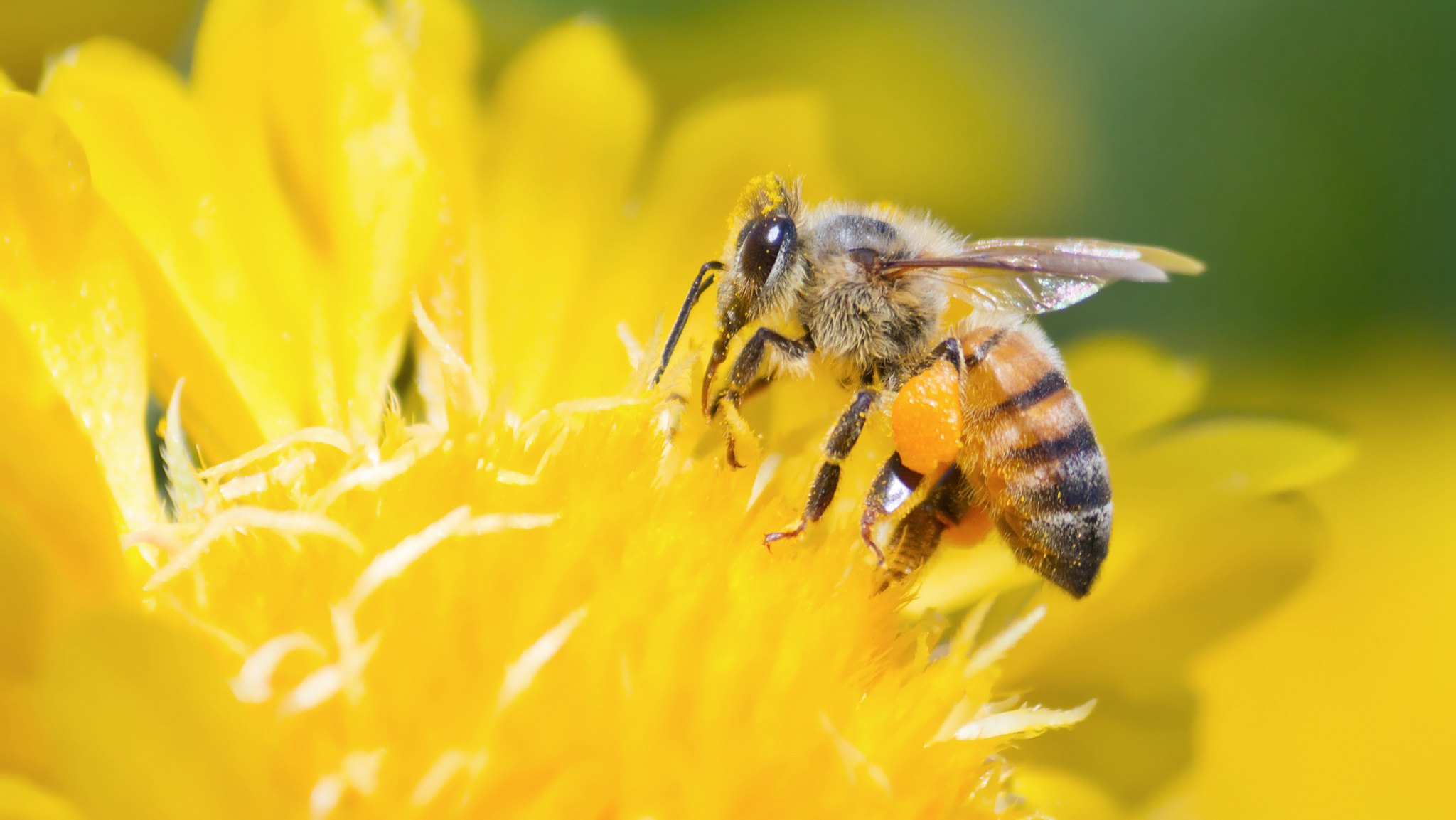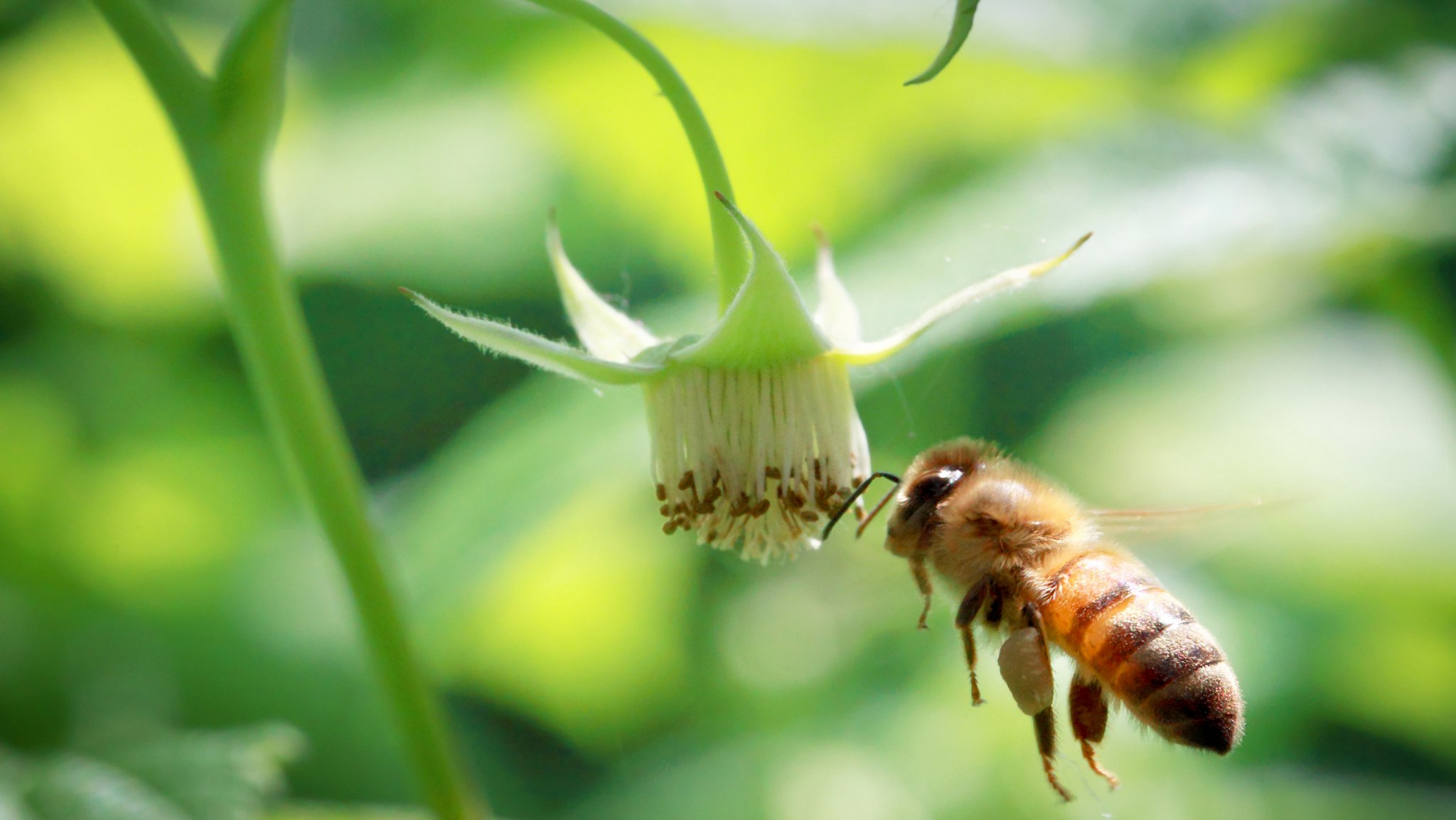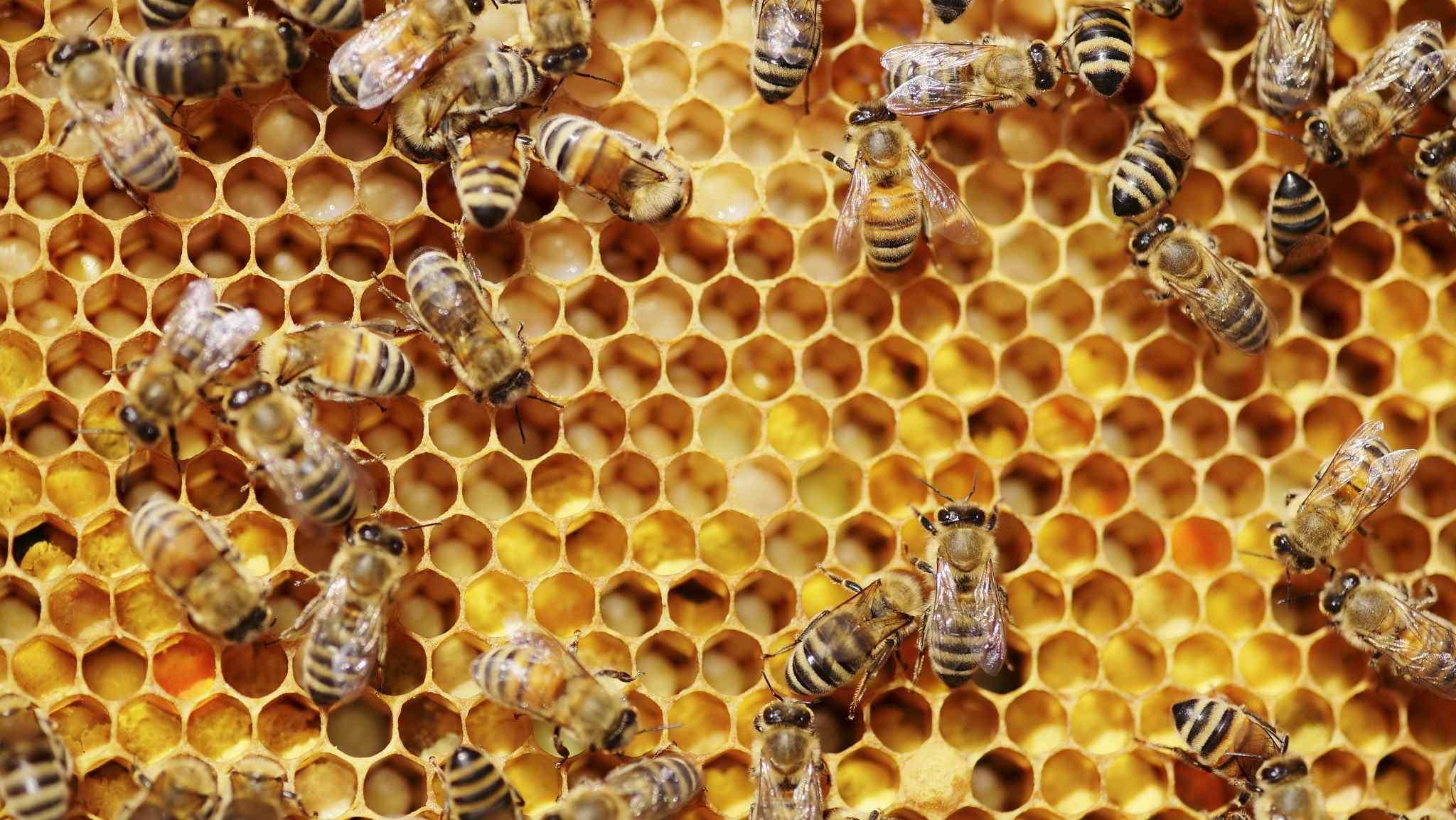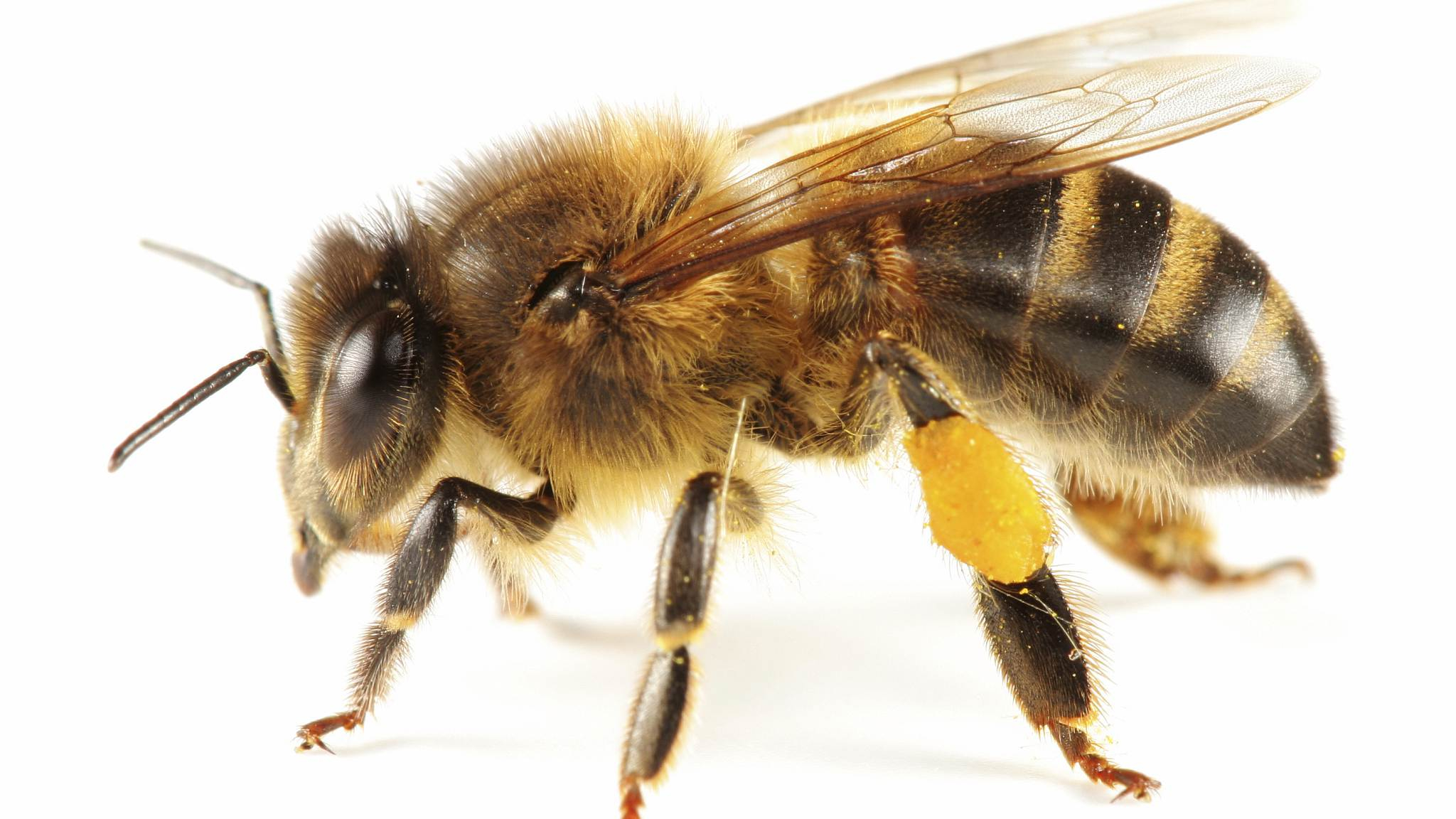
Nature
16:35, 07-Nov-2018
Bee diversity and richness decline due to land use changes
Updated
15:42, 10-Nov-2018
By Zhao Ying

A research team from the University of Guadalajara in Mexico recently finds that human activities like land use changes in studied tropical dry forest cause declines in bee species richness and diversity.
The study led by Alejandro Muñoz-Urias illustrates that flower richness is decreased as a result of turning agricultural land into urbanized areas. This significantly influences the populations of certain bees that rely on specific plants for nectar and pollen.

A honey bee in front of a flower. /VCG Photo
A honey bee in front of a flower. /VCG Photo
For bees that are not picky about plants, they can still thrive in urbanized areas. However, bee diversity in general is decreasing due to land use changes. The researchers recommend that the tropical dry forests of Mexico should be better protected to conserve these special pollinators.

Bees hustling. /VCG Photo
Bees hustling. /VCG Photo
Back in 2011, the United Nations Environment Program (UNEP) released a report that describes the decline of honey-bee colonies as a global phenomenon. The trend of declining bee richness is not only seen increasingly in Europe and the US but also in China and Japan.

The beekeeper inspects beehive. /VCG Photo
The beekeeper inspects beehive. /VCG Photo

Isolated honeybee. /VCG Photo
Isolated honeybee. /VCG Photo
Bees as pollinators are key actors in the sexual reproduction of many plant species. Of the 100 crop species that provide 90 percent of the world's food, over 70 are pollinated by bees, according to Achim Steiner, UNEP Executive Director.
Given that animals feed on plants and human beings eat crops for a living, maintaining bee diversity is essential for the balance of ecosystems. Apart from declining flowering plants, the use of pesticides and air pollution also threatens bee richness and diversity.

SITEMAP
Copyright © 2018 CGTN. Beijing ICP prepared NO.16065310-3
Copyright © 2018 CGTN. Beijing ICP prepared NO.16065310-3